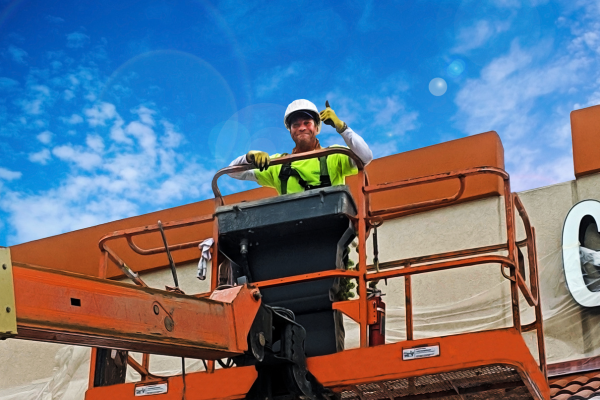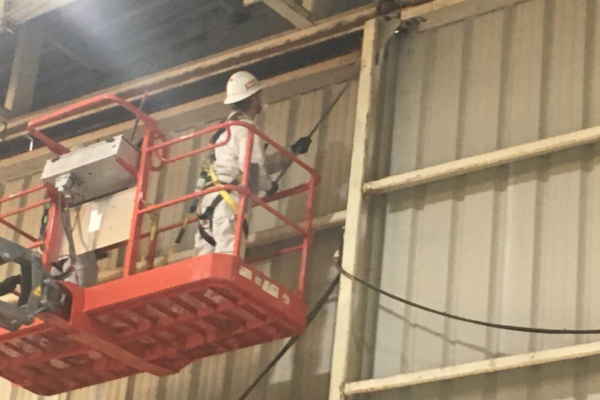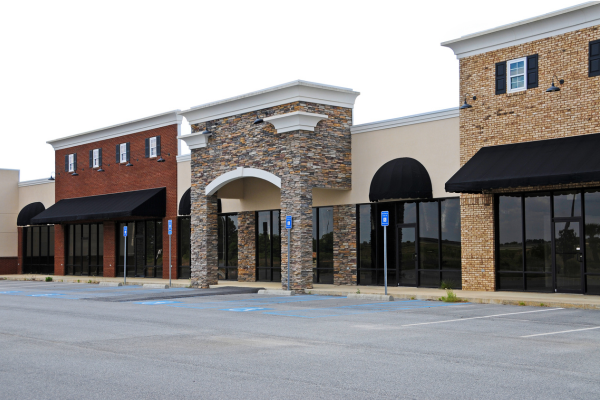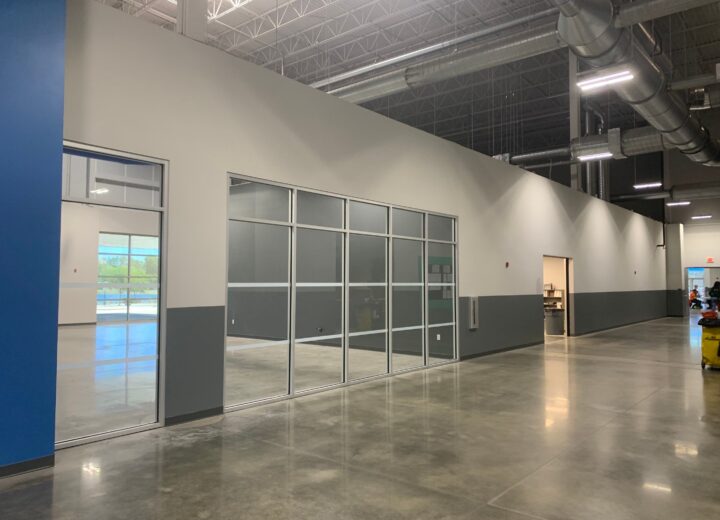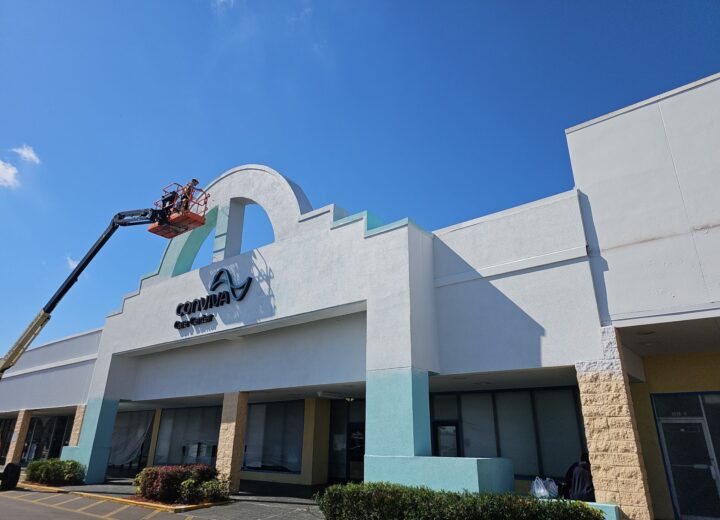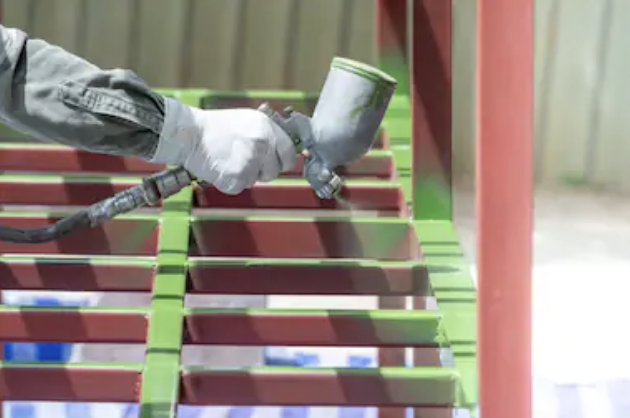
The type of coatings that you have to choose from for your project is quite large and without knowing some important details can get you into trouble if you make the wrong choice. Since there is a significant amount to choose from, we will focus on just one type of coating at this time – inorganic coatings.
Inorganic coatings can take on the persistent pressures that come with a wide range of environments for Industrial surfaces. Inorganic coatings are combined with ingredients such as additives, enamels and tints to make the coating as secure as possible. Steel and metal surfaces are the ideal surface for inorganic coatings.
Inorganic Coatings
Inorganic coatings are capable of being created by a compound act, either with or without the aid of electricity. When the coating interacts with the substrate it modifies the exterior of the product that you are applying it to by forming a film of either metallic oxide or another compound. The bonding of an inorganic coating will not only help protect the surface of your project, but it will also help the application of any subsequent layers.
The four main types of inorganic coatings that are widely used within the professional painting community, include:
- Acrylic – A simulated resin combined with a mild alkaline polymer material.
- Ceramic – Is classified as a non-metallic material that is made after the clay has been exposed to extreme temperatures until it is hardened. The coatings that are being used for corrosion resistance are not composed of all clay, as they are created with oxides or non-oxides.
- Intumescent – Is a fire retardant coating that can battle against temperatures ranging from two hundred to six hundred degrees for an allotted period. The object of this coating is to protect the substrate with a protective cover of foam (the coating turns into this) after being heated. The expansion is produced when subjected to ammonia and carbon dioxide gases within the fire.
- Zinc-rich – Is when zinc metal powder is blended with an inorganic silicate tint binder. There are two kinds of binders:
- Waterborne – which is alkali silicate
- Ethyl silicate – which is solvent borne
This kind of coating has the exceptional capability of supplying superior fortification from deficiencies, pinholes, scores and holes on a metal surface. This coating is also heat resistant of temperatures up to seven hundred fifty degrees.
Benefits of Inorganic Coatings
Some of the many benefits of inorganic coatings include:
- It is impervious to oxygen and water
- Solid biochemical attachment
- Mineral acid resilient
- High electrical protection
- Extreme temperature corrosion endurance
- Defends well against coastal elements
- Great emissivity
- Has strong ultraviolet radiation protection
Inorganic Coating Uses
There are many different surfaces that inorganic coatings can be used on or for, which include:
- Ships and boats
- Oil and gas pipelines
- The aerospace industry
- The aviation industry
- Tanks
- Oil Platforms
- Roofing
- Bridges
- Refineries
- Commercial or industrial buildings
There are also two very famous icons that have been restored and maintained using inorganic coatings: The Golden Gate Bridge and The Statue of Liberty.
With any coating that you chose to use for your project, you must make sure to take the time to prepare and clean your substrate as much as possible. When you take your time with preparation and application, not only will you have a better visual look, you will have a greater chance at getting total coverage and protection.
If you are not sure what manner of cleaning that your surface will need, you can contact a paint specialist. They should be able to help you find out if your project needs media blasting or not. You will also need to make sure you know how the coating is to be dried. Some require longer times than others, while others might need to be under extreme temperatures to cure.
In some cases you will want or need to combine inorganic coatings with organic coatings so that you will have an even stronger resistant surface. This does depend on a few factors, such as; what and where you are coating, and the elements that it will be subjected to.
If you are planning on doing the work yourself, do not hesitate to ask questions if you are not sure of something. Many trustworthy painters will gladly give you the answers to your questions, or can complete the work for you.

